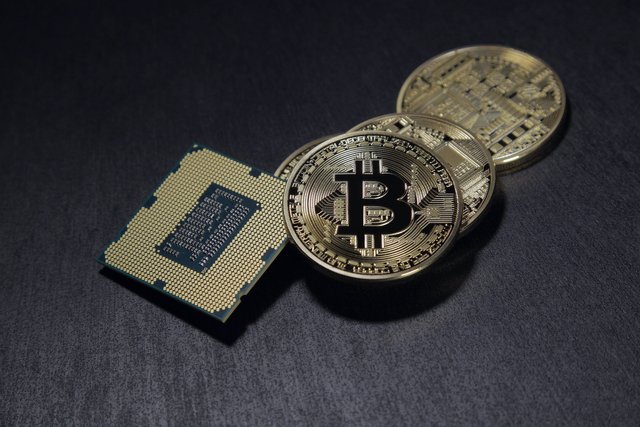
For enthusiasts, Bitcoin is called to replace the current financial system. For governments, it is a means by which organized crime and terrorists can carry out transactions without being detected. For investors, the new virtual currency is what every investment portfolio must contain, since at the close of this note it is around $ 5,500.
Bitcoin, the most popular virtual currency, accounts for more than half of the market, moving 92,410 million dollars.
The possession of Bitcoin is awarded to a public digital signature, which implies an electronic wallet in which it is contained. When an owner transfers the possession of a Bitcoin to another person, he must provide his digital signature and that of the recipient of the cryptocurrency for the transaction. Every holder of a Bitcoin also has a private key assigned to his wallet, which allows him to access it and make transactions with the digital currency. The loss of this private key means the loss of the Bitcoins that are in the electronic wallet.
To prevent an owner from doing a double Bitcoin, that is, selling Bitcoin to two different people at the same time, the cryptocurrency is helped by blockchain technology.
Blockchain is a sophisticated decentralized system that includes a database that no one can change, unless certain specific conditions are met. Using cryptographic techniques and a decentralized network, it records all transactions made with cryptocurrencies in a database distributed among all the nodes of this network. The source code of this system is open, so everyone can access it to know how it works.
How cryptocurrencies work?
New transactions are issued to all nodes in the network. Each transaction carries the data of the Bitcoin (s) involved in the operation, the public key from which the possession is transferred and who receives it.
Each node collects new transactions in a block. The Bitcoin database has been described as an accounting book that contains all the transactions made with the cryptocurrency, and that is public access and distribution. All nodes have a copy of this database. The information is organized in blocks distributed along a chain with chronological order; in this way, the last block of the chain contains the first transactions made, and the first contains the most recent.
Each node works on finding a difficult job test for its block. In addition to the security of the public and private keys of Bitcoin users, the information of the transactions grouped in the blocks is passed through cryptographic techniques. The blockchain system submits the new blocks integrated in the nodes to a work test, which with calculations must solve a mathematical problem to generate a hash, a cryptographic key for the block, which comprises the information of the transactions and a timestamp for the same. This time stamp will enable the block to integrate, if accepted, into the validated transaction log chain. The search for the new hash for the block is known as mining, and requires high computing power.
When a node finds a work test, that is, generates the hash resulting from the mathematical problem, it issues the block to all the nodes of the network.
The nodes accept the block if all the transactions in the block are valid and have not been spent. For each new integrated block, the nodes that carry out the mining receive as a reward 12.5 Bitcoins and the commission that is charged for each transaction to which the possession of the Bitcoin is transferred. This reward, in addition to ensuring that the nodes contribute to the maintenance of the network, is what generates the new Bitcoins. The offer of Bitcoin has a limit of generation set at 21 million units of the cryptocurrency, a figure that calculations say will be reached in the year 2140.
The nodes express their acceptance of the block by working on creating the next block in the chain, using the hash of the block accepted as a previous hash. If someone manages to modify the data of any of the existing blocks in the chain, it would affect the integrity of the chain from this point forward. To be able to commit a fraud, you would need to redo the chain from the point of modification to the newly entered block, which requires overcoming the joint computing power of the entire network of Bitcoin nodes. The annual electricity consumption of the Bitcoin network is comparable to that of countries such as Mozambique or Turkmenistan. The electricity needed for the integration of a new block of transactions equals the electricity consumption of five and a half days of an average household in the United States.
CREDITS: eleconomista.com.mx
IMAGES: pixabay.com

Congratulations @fauxx! You have completed the following achievement on the Steem blockchain and have been rewarded with new badge(s) :
Click here to view your Board
If you no longer want to receive notifications, reply to this comment with the word
STOPDownvoting a post can decrease pending rewards and make it less visible. Common reasons:
Submit